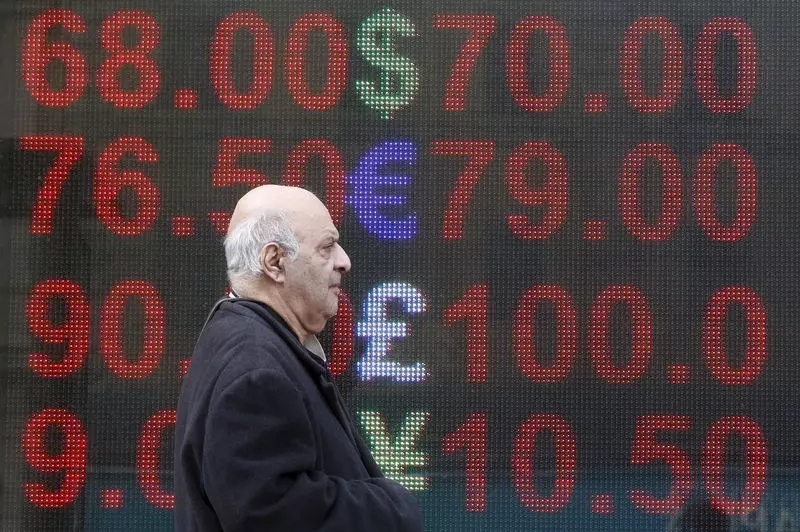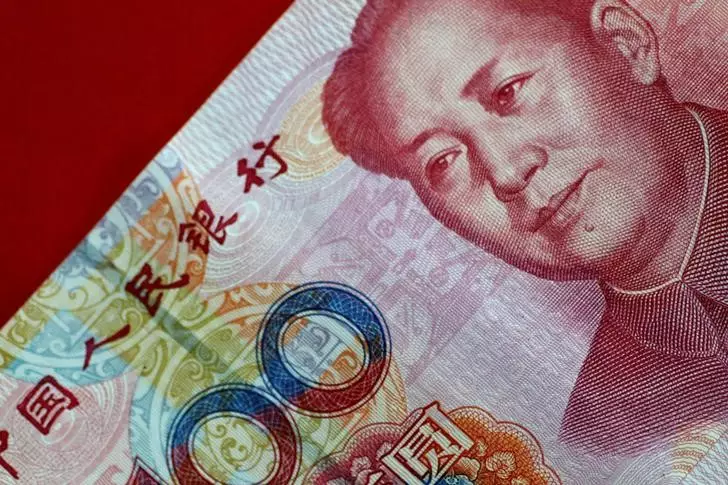Monetary Easing on the Horizon: The Swiss National Bank’s Response to Economic Pressures

In recent months, the Swiss National Bank (SNB) has found itself at a crossroads, navigating a delicate balance between controlling inflation and supporting economic growth. A report from Gavekal Research highlights a significant downturn in inflation rates, with figures dipping to 1.1% year-on-year in August, a decrease from 1.3% in July and lower than the predicted 1.2%. Such a slowing inflation rate suggests that the Swiss economy might be heading towards a precarious situation that could prompt the SNB to consider a prolonged period of monetary easing.
The drop in inflation not only positions the SNB below its projected target of 1.5% for the third quarter but also raises anxiety about a potential deflationary cycle. With the global inflation trend showing signs of receding after a surge throughout 2022 and 2023, the SNB’s previous measures to curb imported inflation by allowing the Swiss franc to appreciate may now need reevaluation. The implications of this shift are critical for the Swiss economy, especially in the manufacturing sector.
The real effective exchange rate of the Swiss franc has recently reached a cyclical peak, signaling a concerning potential loss of international competitiveness for Swiss exports. While the nominal effective exchange rate had seen a decline of 6% earlier in 2023, recent months have seen a complete reversal, which could undermine the ability of Swiss exporters to compete effectively in global markets.
A deeper dive into the inflationary contributions reveals that domestic goods have maintained their stable performance, contributing approximately 1.5 percentage points to inflation. However, imported goods are contributing negatively, with a cyclical high of -0.4 percentage points recorded in August. The strong franc is causing significant economic challenges for exporters, leading the largest manufacturing lobby group in Switzerland to call for intervention from the SNB.
In response to these economic pressures, the SNB has already initiated policy rate reductions, bringing it down from 1.75% to 1.25%. Financial analysts suggest that further cuts, potentially below the 1% mark, are likely as the SNB seeks to stimulate growth during this uncertain period. Additionally, there’s speculation that the SNB may ramp up its foreign exchange purchases in an effort to counteract the rapid appreciation of the franc.
Having begun purchasing foreign currency in the first quarter of 2024, the SNB has only invested CHF800 million, which is a stark contrast to the historical average of CHF13 billion in quarterly purchases between 2011 and 2021. This discrepancy underscores the potential for significant strategic shifts aimed at enhancing monetary policy efficacy and supporting the Swiss economy, particularly its export-driven sectors.
As Switzerland grapples with the complexities of domestic inflation and a robust currency, the SNB stands at a critical juncture where decisive action will be necessary to uphold economic stability. Whether through continued monetary easing or increased intervention in foreign exchange markets, the bank will need to act swiftly and thoughtfully to alleviate the pressures facing Swiss exporters and stimulate economic growth in the coming months. The effectiveness of these measures will undoubtedly shape the trajectory of Switzerland’s economy in the near future.





